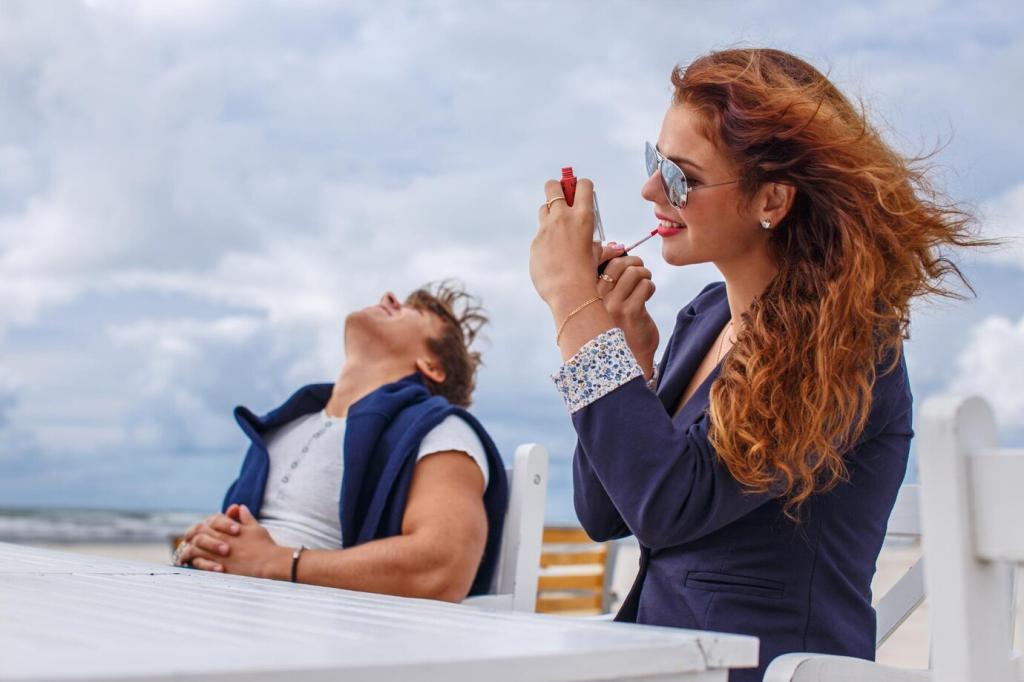Family Stories That Spark Curiosity
On a windy afternoon, Maya and Luca timed elevator rides and calculated acceleration using floor intervals. Later, they compared those numbers to stair climbs, learning how energy, effort, and time trade off in motion.
Family Stories That Spark Curiosity
A family noticed faint glitter in the wake after dusk. They researched dinoflagellates, then returned later to confirm the glow. That small discovery turned into a kid-led project on light-producing organisms and defense strategies.




